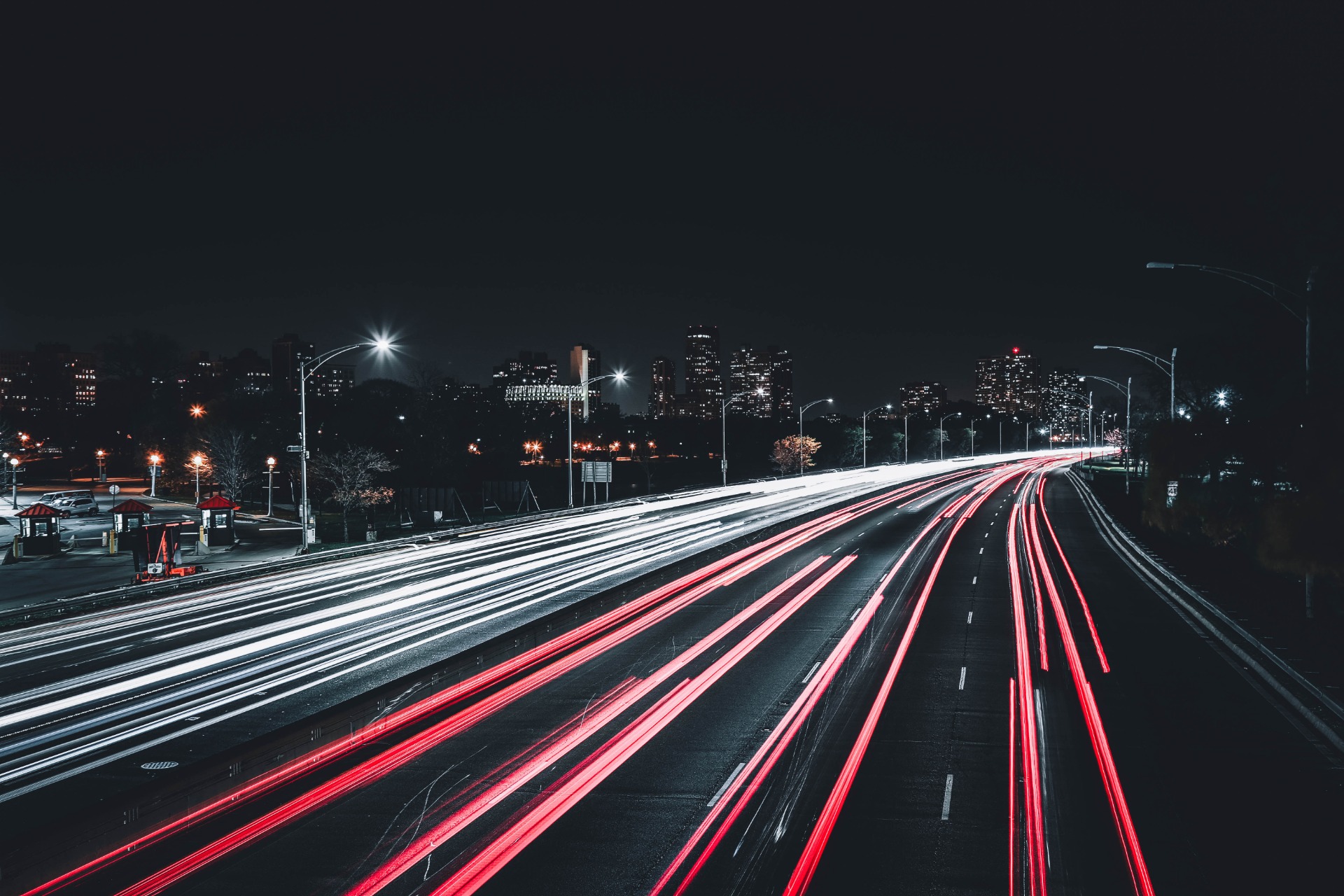Road traffic noise measurements
Possible noise sources per sector:
- cars
- vans
- heavy trucks
- motorcycles
- mopeds
The most common source of noise in an urban environment is road transport - trucks, buses, trolleybuses, as well as rail transport and civil aviation. The primary sources of noise are road traffic on the streets, which in some cases accounts for up to 80-82% of the total noise level. In rural areas, tractors, combine harvesters and other agricultural machineries make considerable noise (from 40 and even up to 140 dB(A)). In a decade, urban noise increases by an average of 0.5-1 dB every year, and in some cities, street noise increases by as much as 10-12 dB. The assessment of these changes should emphasize that the human ear perceives a 10 dB increase in noise level as a 2-fold increase in volume. Vehicle noise comprises noise caused by running engines, rolling of tyres over the road surface and aerodynamic and vibrating structures. The noise level of an internal combustion engine depends on the crankshaft's rotational speed. Additionally, there is also the noise emitted by other sources in the car itself, such as the exhaust system, the air intake, the rotation of the fan, and the movement of the moving parts of the gearbox. The noise emission of diesel engines increases proportionally to the crankshaft's rotation in the fifth degree, i.e. after a 2-fold increase in speed, the noise (sound pressure) increases nearly 32-fold. The primary sources of noise in road vehicles are engines; tires in contact with the road surface; force and motion transmission mechanisms.

According to LST ISO 1996-1: 2017, LST ISO 1996-2: 2017 and LST EN ISO/IEC 17025
- we prepare traffic flow analysis by categories
- make the measurements
- evaluate the measurement errors (uncertainty)
- we select and present measurement results and errors (uncertainty)
- provide the statements of compliance
- provide the interpretations and opinions
We measure:
- equivalent sound pressure levelLAeqT
- residual sound pressure level LAresid
- adjusted (recalculated) equivalent sound pressure levelLAeqTcorr
- maximum sound pressure level LAFmax



